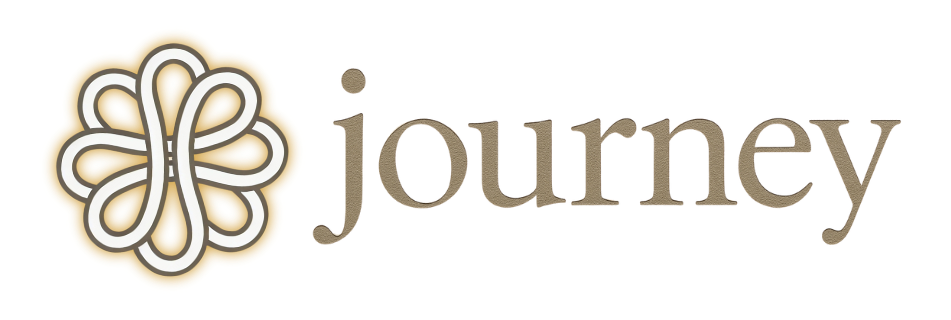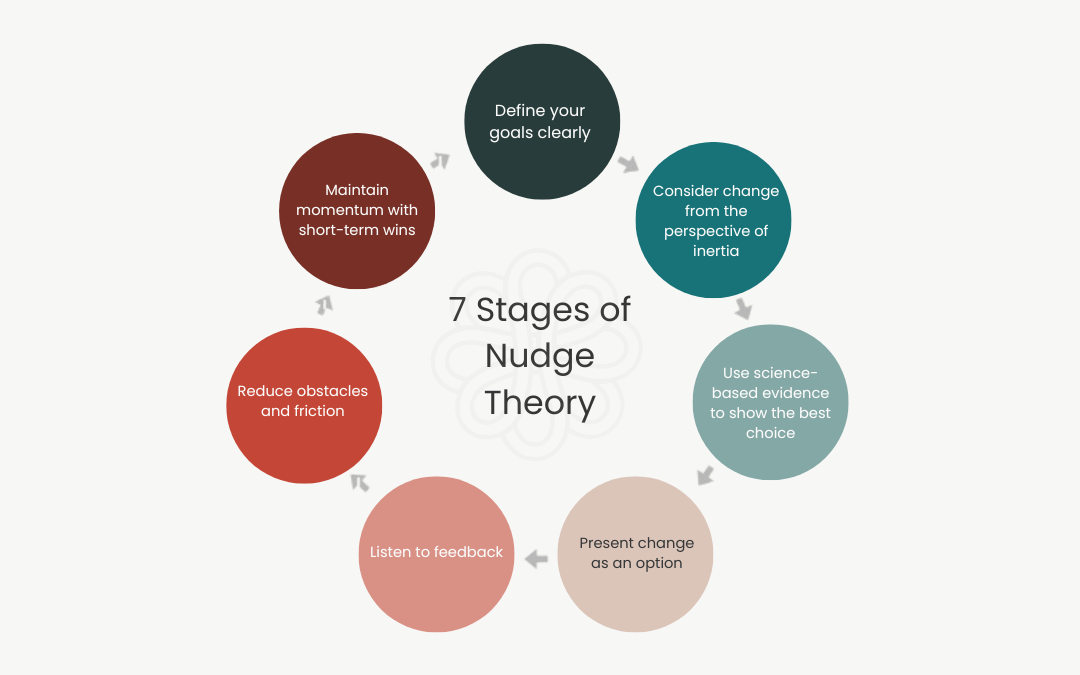Read time: 6 min 50 sec
👉 What is Nudge Theory
Nudges, my friends, are subtle cues that influence behavior. Think of a stop sign as a cue that gets you to stop.
Nudge Theory is the art of giving people the gentle tap on the shoulder that makes them choose the right thing (or, at least, the thing they’ve subtly asked for).
Richard Thaler and Cass Sunstein wrote a book about this a while back, and like most things in life, once academics get involved, simple concepts become, well, complicated.
So let’s break it down: at its core, the nudge is behavioral economics’ version of a wink.
When it works, you’ve got your client thinking, “Oh, I should take a deep breath and calm down.”
Here’s what we got for ya:
- Simplicity wins
- Focus on one action
- Timing matters
- Crafting effective nudges
🧠 Simplicity Wins
So, here’s the trick: simplicity.
Nudges shouldn’t ask for too much from the person receiving it.
Think of inertia, the age-old physics concept and the mental model that can be applied to nearly everything.
To get a ball rolling, you don’t need a bulldozer; you need momentum or motion. And a nudge can kickstart motion in a new direction more easily.
In this case, your clients are the metaphorical balls, and the task is to give them just enough momentum to not collapse into a burnout spiral before 11 a.m. that leads to never taking a lunch break.
A nudge is that tap. It’s not meant to be a Shakespearean soliloquy—it’s something you can say to someone in a sentence or less, and ideally, they’ll think, “Yeah, I guess I could go outside for a second. That’ll probably be good for me”
🤔 Example Nudge
One of the simplest practices is to pause and ground themselves before jumping into the next meeting or task.
If a client embraces this idea, it’s a great sign—it means they see the value in making that choice for themselves.
But here’s where the magic happens: because of inertia, following through with that simple act can be tough. That’s where a well-timed nudge can make all the difference.
Here’s a classic scenario:
A client has their weekly Monday standup and tends to get frustrated quickly. They come to you as their coach to figure out how to stay calm and composed in those moments.
So, what do you do?
Enter the Nudge:
“Pause and take three deep breaths to reset before your standup.”
Simple, right? That’s a nudge. You’re not telling them to channel their inner Zen master—you’re just giving them a moment to breathe and remember they’re human. It’s a small action that can create a big shift.
Or try this one:
“What’s one thing you can do today to move closer to your goal?”
You’re not asking them to reinvent their life. It’s just a gentle reminder that maybe there’s something they could focus on—other than scrolling through memes. It’s about taking one step, not climbing the whole mountain in a day.
⏰ Timing Is Everything
When you deliver a nudge is just as important as what it says.
And no, I’m not just talking about blasting out morning affirmations because, you know, vibes.
Think of it as catching your client in that perfect moment—when they’re most likely to listen, or at least pause long enough to hear you.
- Morning Nudges: Get them setting an intention early, before they’re waist-deep in emails and texts.
- Afternoon Nudges: Perfect for those mindless stretches, when they’re too fried to think but not quite ready to quit.
- Evening Nudges: A reflective note as the day winds down. It’s like asking, “Hey, what did you actually accomplish today? And, more importantly, what are you proud of?
🗣️ Internal Dialog
Good nudges work because they mirror the internal conversations your clients are already having. Think of it like hacking into their subconscious with the perfect one-liner.
Keep it short. People are scrolling; they’re not reading Moby Dick. Make it actionable. Nudges aren’t theory lessons. You’re trying to get them to do something, not write a thesis. Positive vibes only. No one’s changing their life because you told them they’re lazy.
🛑 Interrupting Auto Pilot Mode
The real power of a nudge lies in breaking the “autopilot” mode.
The best nudges don’t stop at surface-level advice or telling someone to do something for that matter—they bring someone back into the present moment, making them aware of what they’re doing right now.
“What are you about to do? Why not bring a little mindfulness to it?”
It’s less about using prompting an action that takes 10-minutes like a meditation—and more immediate like pausing to take one deep breath to reset. Those are the actions people tend to act on.
Another good example of a nudge is one of giving the person perspective for the day.. like
“As you go about your day, notice the impulse to think about the past or future. Use a cue like your breath to bring you back and begin again.”
Your life is your practice.
Writing an email? That’s practice. Pouring water? Also practice. Even zoning out during a meeting—yep, that’s practice too.
Or:
“What’s the state of your mind right now? Just notice it, without trying to change a thing.”
Simple nudges that invites awareness without adding any extra pressure. Because we likely already have too much of that.
What did you think of today’s edition?
- Fantastic 🤖🤖🤖🤖🤖
- Eh, it was okay 🤖🤖🤖
- Not helpful 🤖
Comment below.

